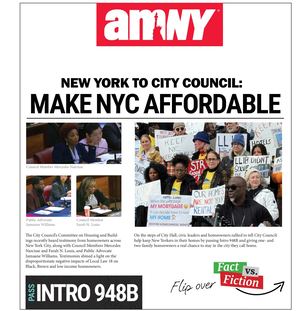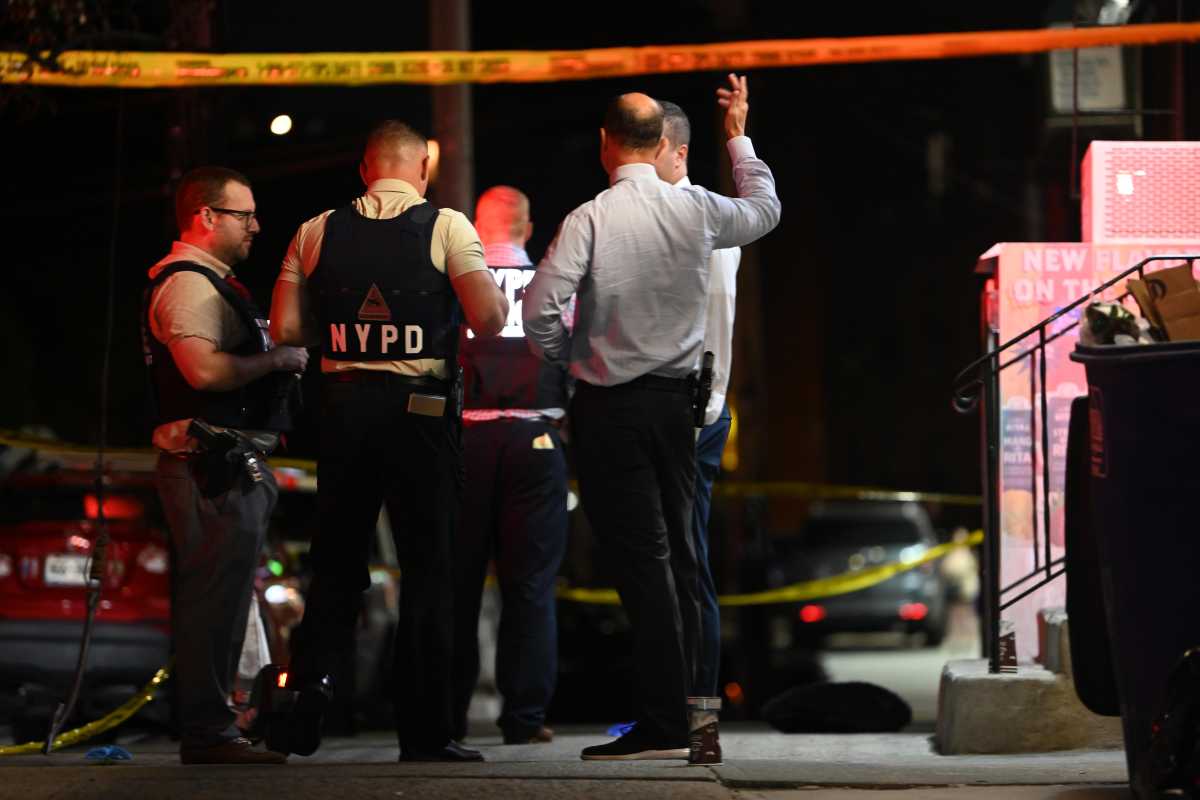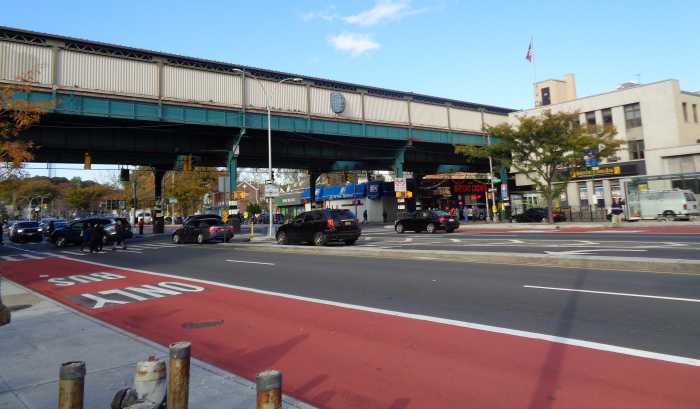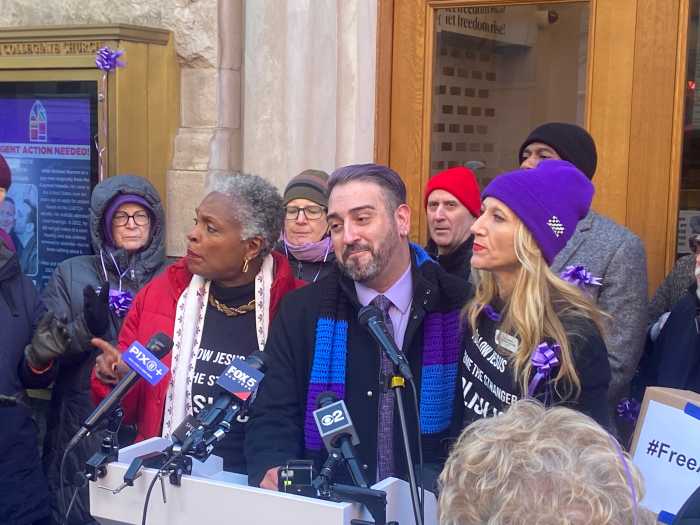The school routine starts early for Natasha G. and her two sons.
She wakes up at 6:30 a.m., and starts dressing her youngest, who is 4, while he’s still asleep. She badgers her older son, 6, to get up and get ready.
Her 6-year-old’s school is conveniently just down the block from the emergency domestic violence shelter where they live, one of multiple shelters they’ve stayed in since she lost her job and housing. But Natasha, 29, has a longer trek for her youngest, who has been diagnosed with autism: one city bus to the last stop, transfer to another to get to the school. Then two buses to get home or to one of the myriad appointments Natasha juggles — check-ins with the Human Resources Administration and meetings with potential landlords, for example.
Natasha and her sons have been living in the Brooklyn Safe Horizon shelter since the spring, on an uncertain road back to permanent housing that takes a toll on parents but also their children, who face more challenges than their peers as they navigate school. (She spoke on the condition that we not use her full last name, due to safety concerns related to domestic violence.)
In Natasha’s case, her oldest son has started having behavioral problems to the extent that she is called by the school to pick him up. Between that and the appointments, “You never know if you’re going to get a call,” she says.
Living in a bureaucratic maze
The number of students living in temporary housing (including foster care and those doubled up with other families) increased 25 percent from the 2010-2011 school year through 2013-2014, reaching 83,000, or some 8 percent of NYC’s school population.
More than a third of those living in uncertain housing are in shelters, according to an October report from the city’s Independent Budget Office outlining the difficulties faced by students who live in shelters.
It’s a long list, from lack of laundry facilities to room inspections by staff at strange hours.
Then there’s the mind-numbing bureaucratic hurdles, such as stipulating that children show up with parents to certain housing application interviews, meaning the kids miss class. (The de Blasio administration has removed that requirement for families reapplying for shelter within 30 days, and those reuniting with children in foster care). You won’t be surprised to know the report charges the two agencies, Department of Education and Department of Homeless Services, don’t coordinate seamlessly.
For Natasha, support and a private room at a Safe Horizon facility has alleviated some of these problems. She says staff are helpful. She and her sons have their own room. There are child care facilities and a TV space with bookshelves, neat and walls papered with purple phrases providing inspiration and warning: “hurt,” “comfort,” “fearless,” “alone.”
But even the road to this temporary stop was difficult. A licensed home health aide, Natasha had trouble holding down both of her jobs when her youngest son was diagnosed with autism and needed more constant care. Out of work, she and her family moved to a homeless shelter in a hotel, with no kitchen facilities where food had to be microwaved if you wanted it hot.
An assault followed from her husband. Further threats from him led her to seek shelter at Safe Horizon.
Her children missed three to five days of the last school year while she was filing all the necessary paperwork to find a shelter, she says. Her oldest no longer joins in with classmates during school assignments and says he feels bullied.
She feels lucky that her youngest son is well cared for in a school equipped for special needs, but going through the paperwork to get him on a school bus route has taken months, a typical problem for students in shelters who often have long bus rides.
Slow progress
The de Blasio’s administration has funded programs for homeless students, including social workers and specialists to help with attendance, though the IBO report notes that funding has only been allocated for one year.
An expanded yellow-bus program with more than 360 new routes serving shelters and commercial hotels should make morning trips easier for some temporarily housed students.
But the IBO report points to generally insufficient funding for the DOE to support some of its sheltered students, in particular a lack of acknowledgement in the department’s funding formulas that homeless students sometimes need more support.
Natasha says her oldest son, mature enough to vocalize his concerns, is wary about more moving but excited that the next one will be “the last stop,” as she tells him. She hopes the new setting and permanent housing will help his school behavior and be a lasting change.





































